- Login
Site-Reading Writing Quarterly
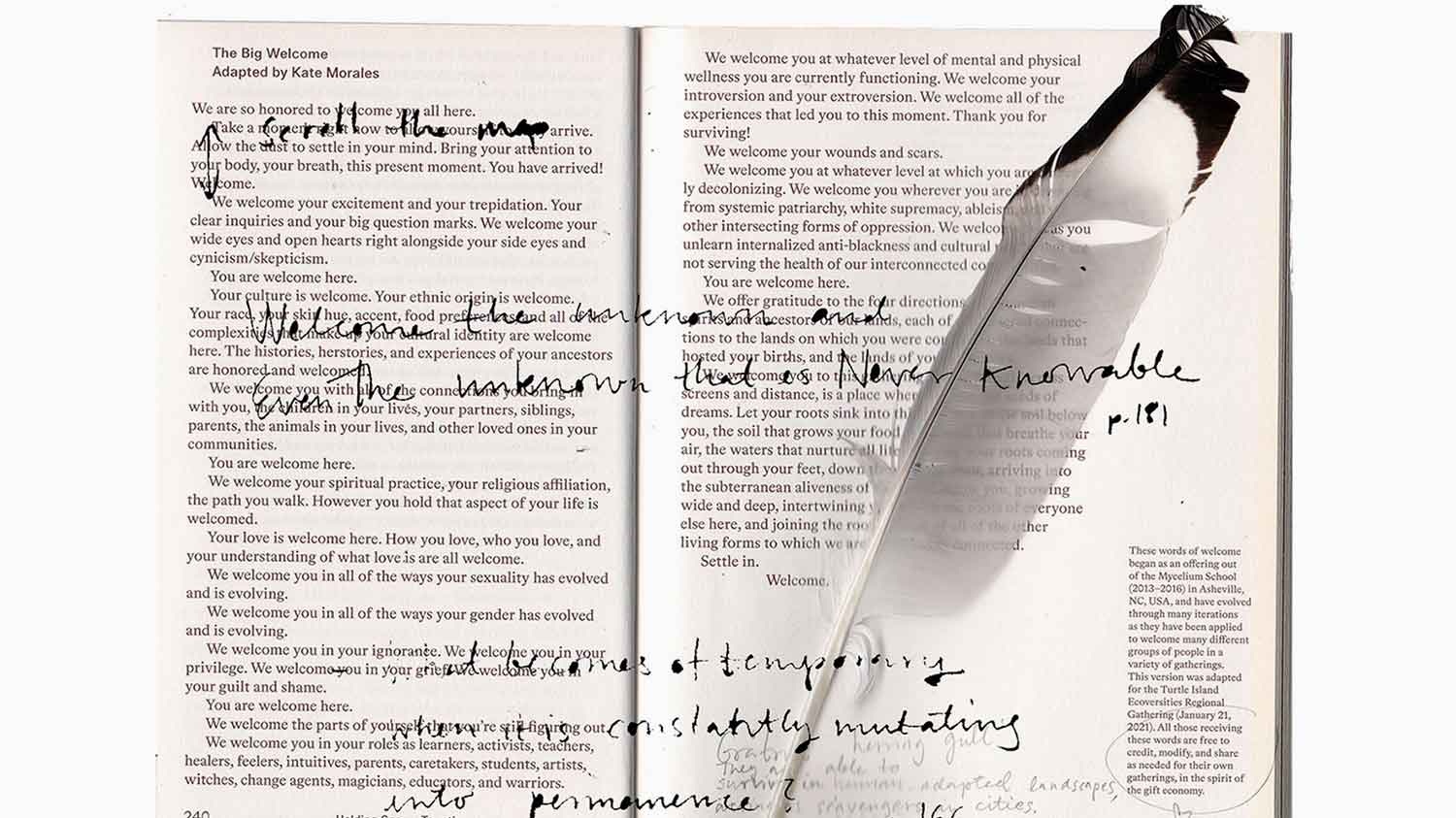
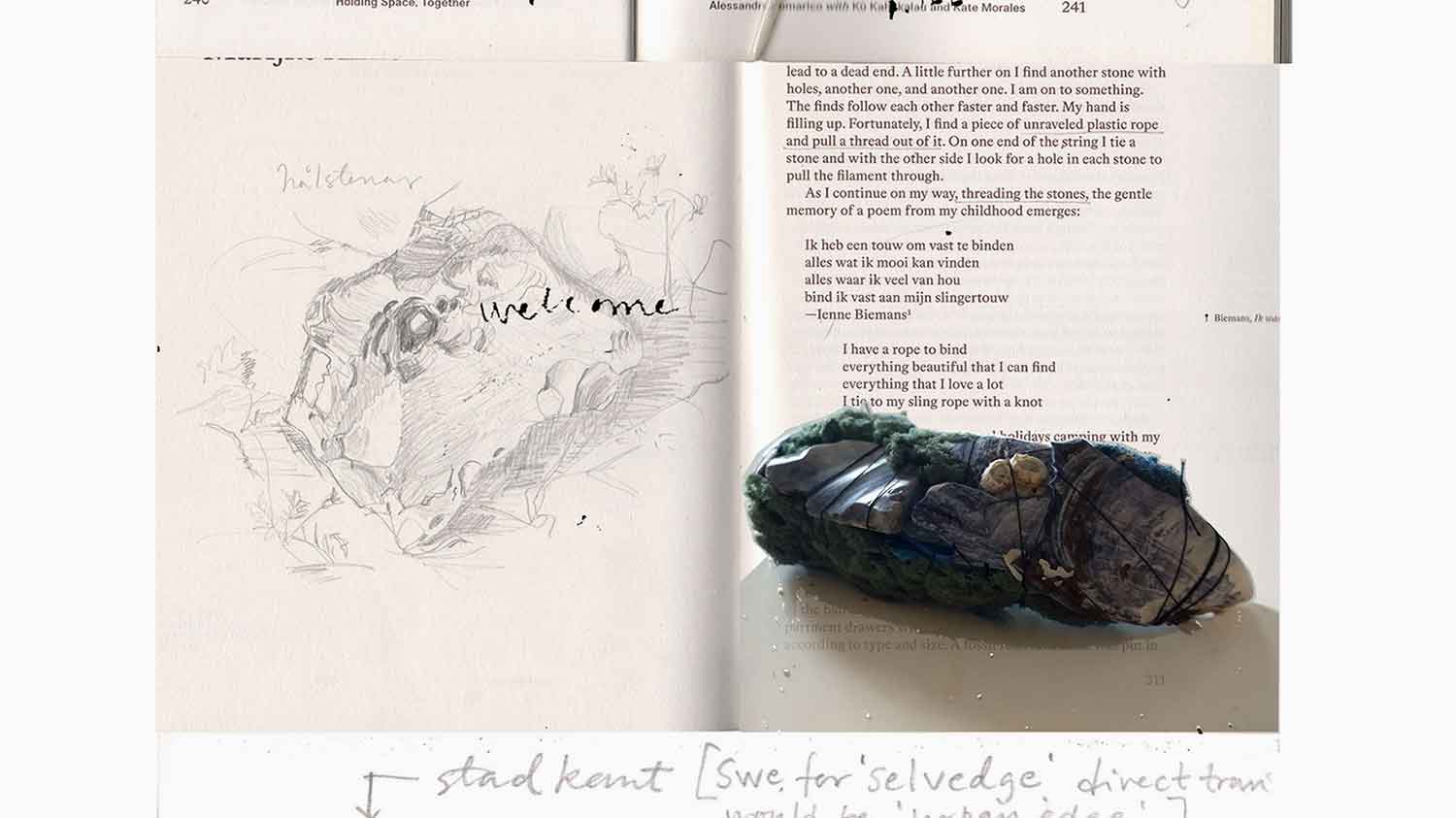
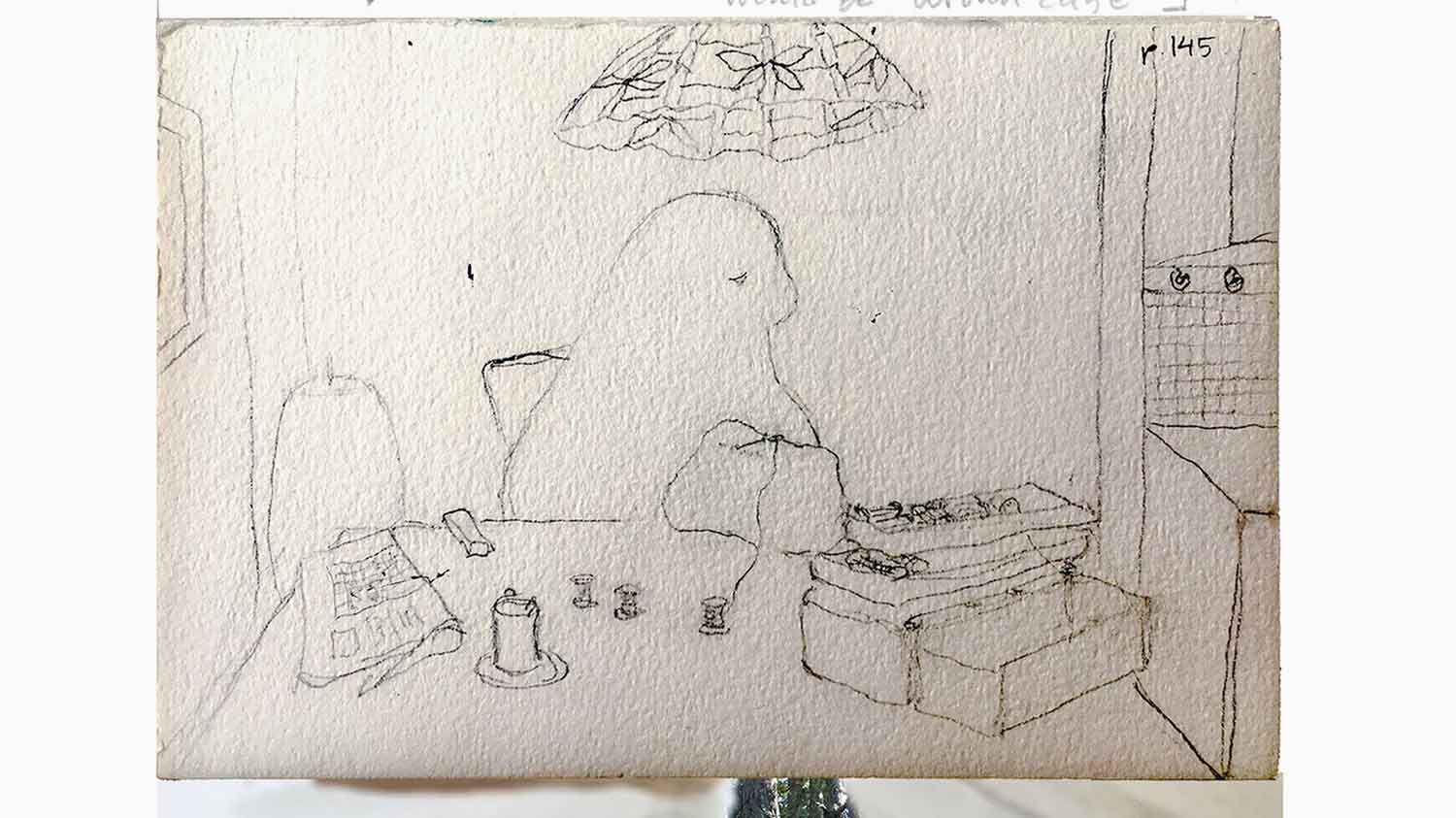
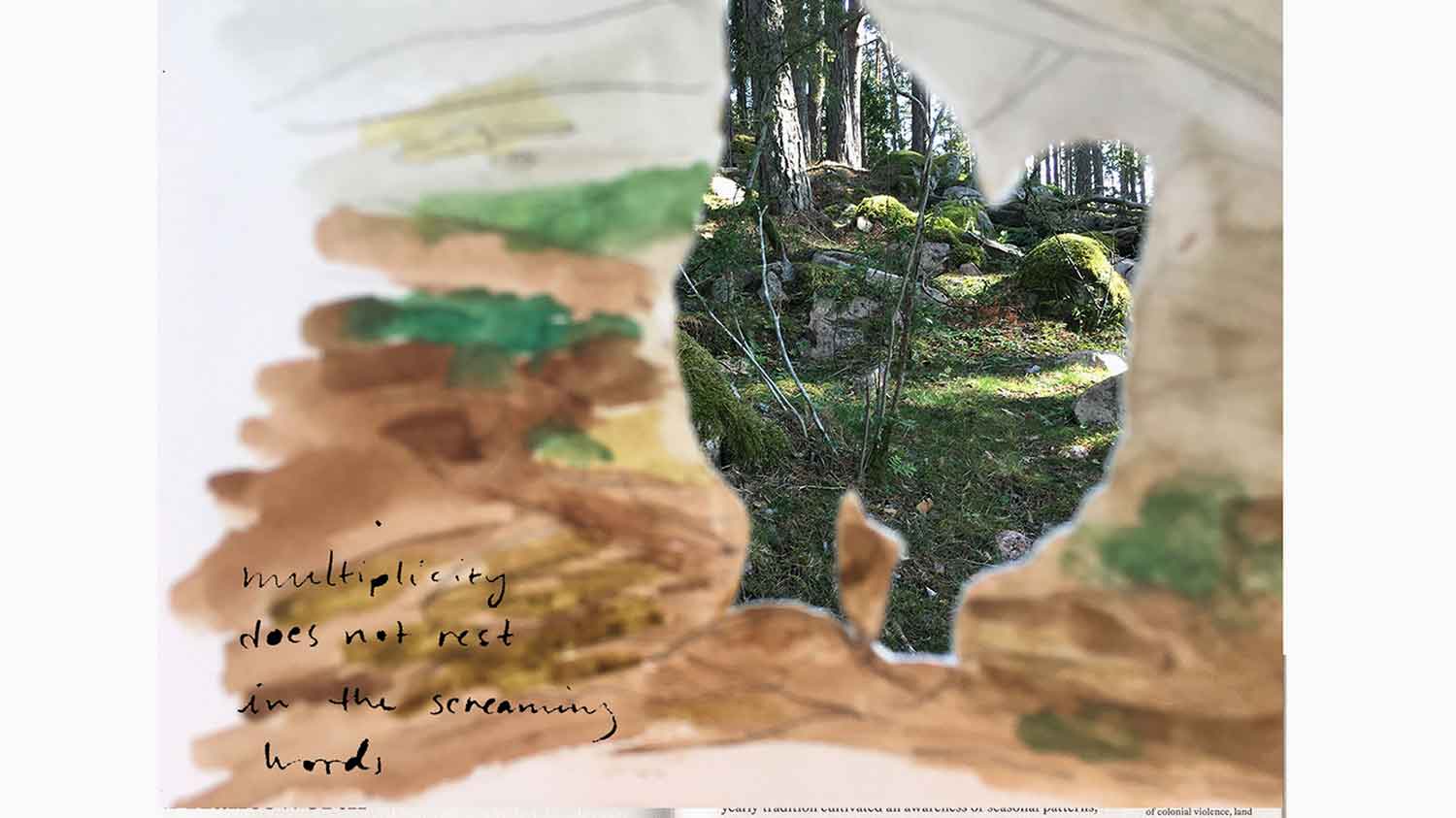
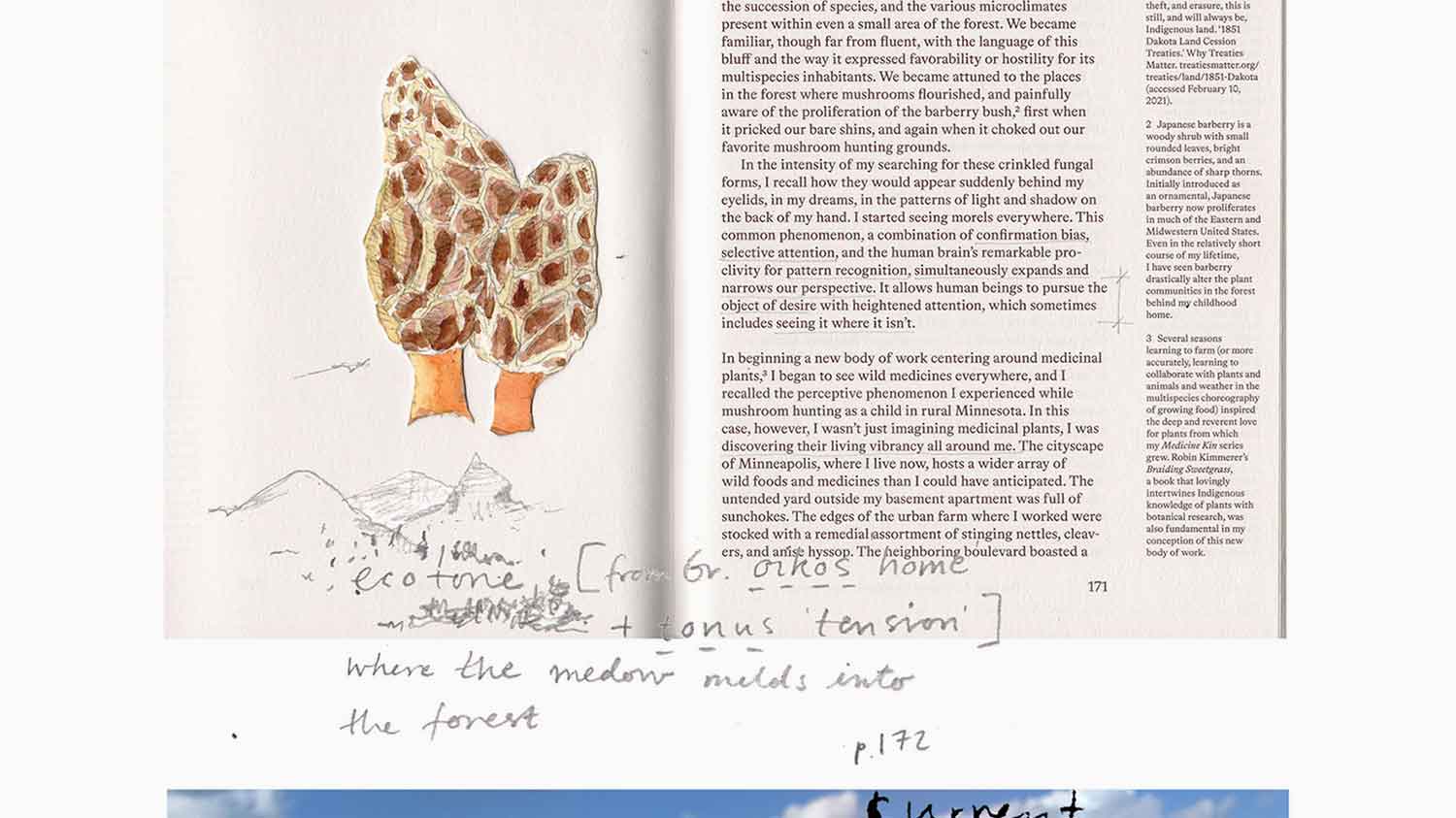
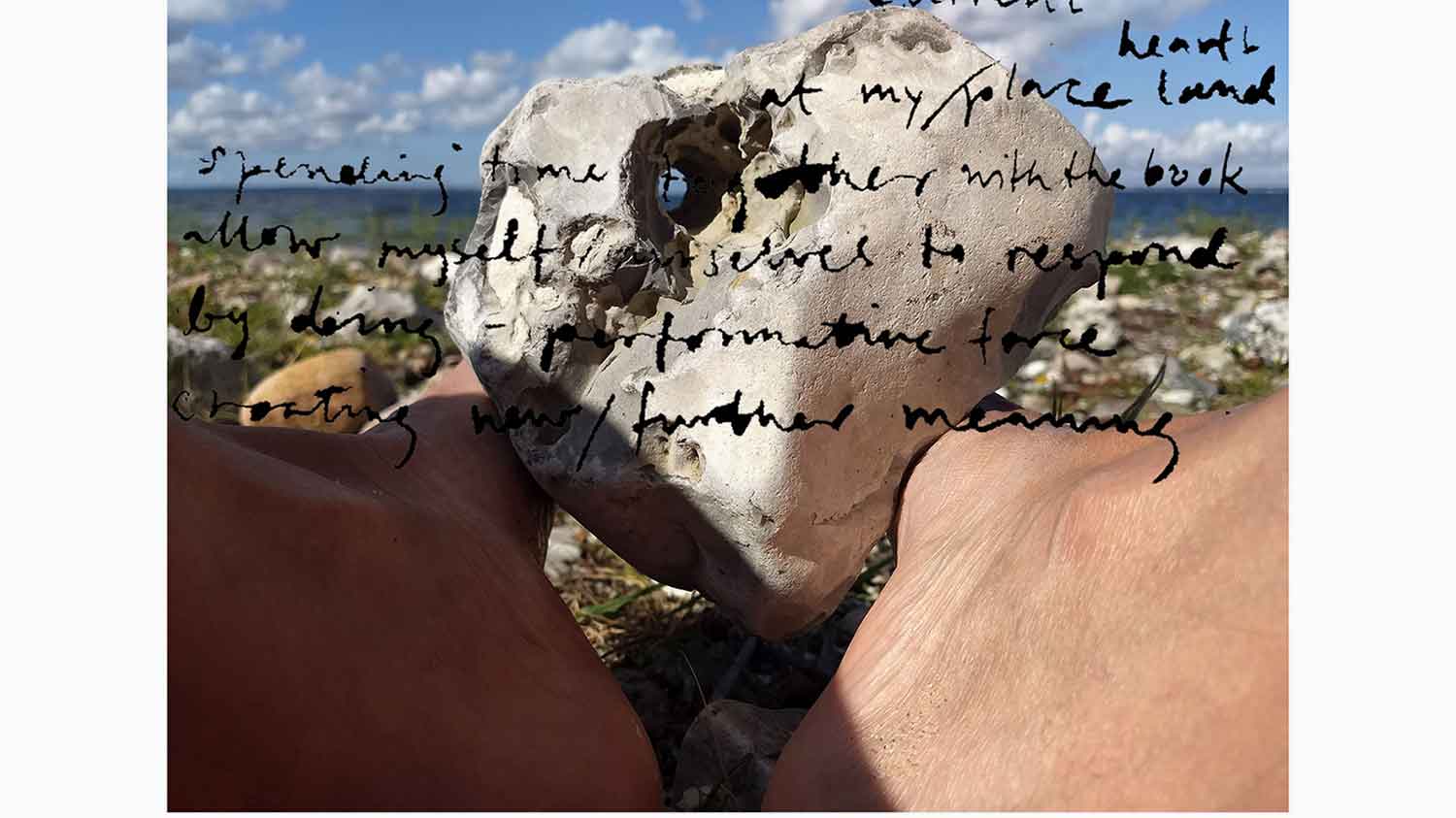
#gallery-1 {
margin: auto;
}
#gallery-1 .gallery-item {
float: left;
margin-top: 10px;
text-align: center;
width: 33%;
}
#gallery-1 img {
border: 2px solid #cfcfcf;
}
#gallery-1 .gallery-caption {
margin-left: 0;
}
/* see gallery_shortcode() in wp-includes/media.php */
Reader’s Biography
My home is full of things to read – books and journals relating to my research, some written by friends and colleagues, quite a few from my university days, a smattering of novels, and a small library of metaphysical texts. Their numbers continue to grow, with all available shelves full, more than a dozen neatly-stacked towers have come to line the windowsill that spans the length of my living room. I’ve read a good many of them from cover to cover, several more than once, while there are others of which I’ve still only penetrated the first pages or have moved intuitively to the sections that catch my attention, missing others. There’s not one that hasn’t been cradled and pondered and cracked open at some point or another, and I maintain a strong visual and tactile map of their shapes and shades and volumes. My way of living directly with these printed materials is very different than how I relate to the folders of readings stored on my laptop – not only by virtue of their physical presence, but in how they are wrapped up in my understandings of (and attempts at) ‘slow reading’: languorously savouring a text, returning to it again and again, as to an old friend one learns a bit more about each time; reading between and beyond the lines to touch other dimensions of experience and/or spatial and temporal coordinates; but sometimes also drifting away so much in a text that one has lost the thread, finding oneself instead gently suspended at the fuzzy edges of the mind … Reading as a portal to reverie.
Readers’ Biography
When MYCKET is reading and reviewing we are trying to live with the text. We have spent time together with the book, cherishing its materiality and bringing it home to our current locations. That is, the temporary heartlands where we are doing the reading. We allow ourselves to respond by doing. This review attempts to build on the performative force of the book to create further meaning involving our artistic practices; making notes on the pages and drawings that were born out of the words we read, collecting items “trash/treasures” from the heartlands where we read, archiving them between the pages and assembling them as models and amulets.
Reader’s Abstract
For their takeover of the magazine Girls Like Us, the art and architecture collective MYCKET dedicate their issue – ‘When Walls Speak’ – to the queer feminist club scene. The magazine explores the architecture of the nightclub through enactments of historical queer and feminist spaces, both documenting and mythologizing an archive of pleasure, potential, resistance, and resilience – an archive that MYCKET’s three protagonists, Thérèse, Mariana and Katarina, celebrate as being “found not in the library, but in our bodies and in the crowd.” Like the queer spatial interventions it describes, the magazine itself interrupts dominant norms and histories, animated by the playful creative impulses of its editors and annotated by their academic and practical research.
Readers’ Abstract
What can long term observations, commitments and engagements tell us about how to act in the world, in relation to ourselves, our communities and the earth? Slow Spatial Reader – Chronicles of Radical Affection invites us to listen to a variety of situated stories and experiences told by beings that in different ways are engaged in practices of relationality and care, trying to formulate what actually is going on, treasuring sensibility as our most important analytical tool for understanding situations and dismantling the oppressive orders of neoliberal colonial settler logics.
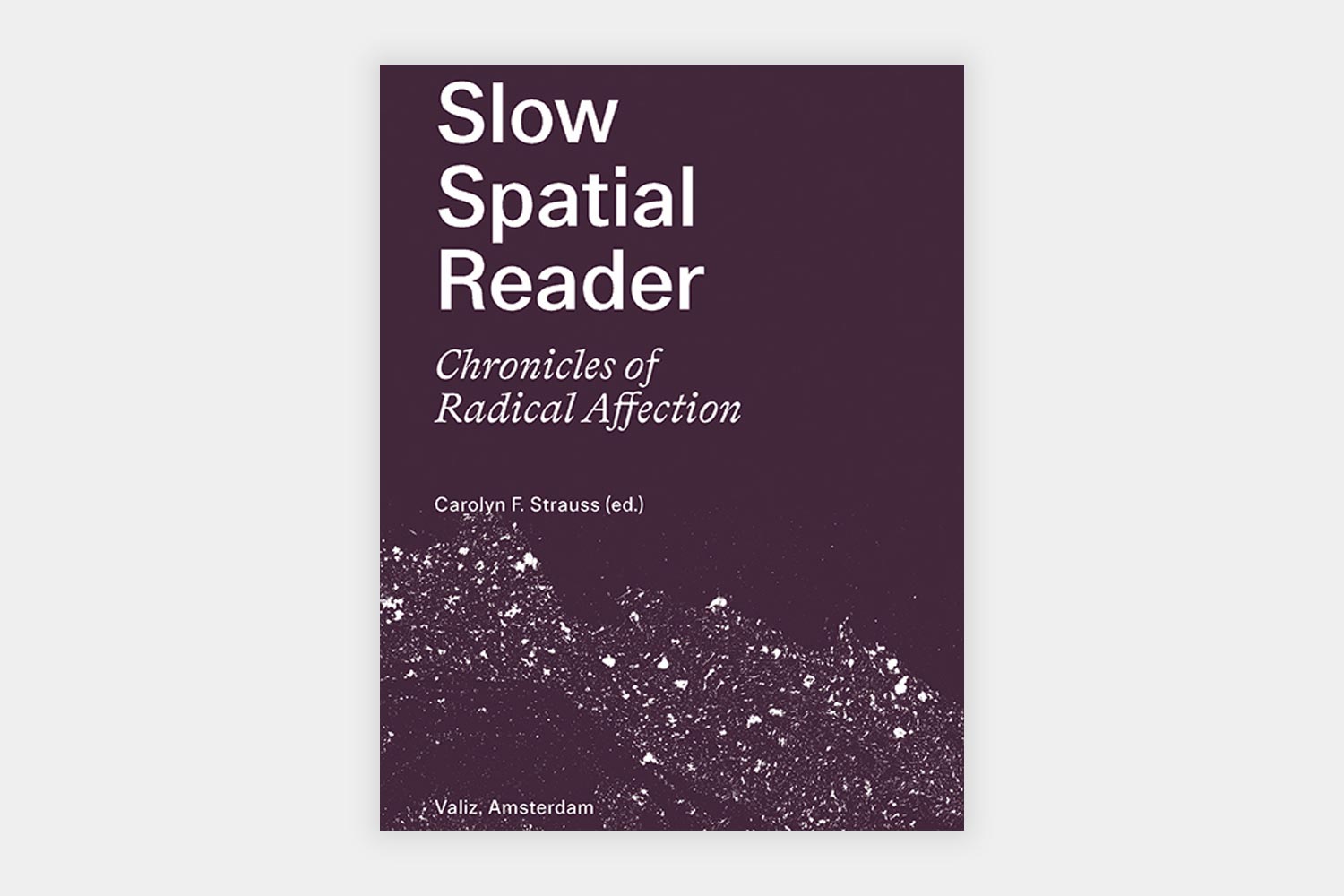
Carolyn F. Strauss (ed), Slow Spatial Reader
(Amsterdam: Valiz, 2021)
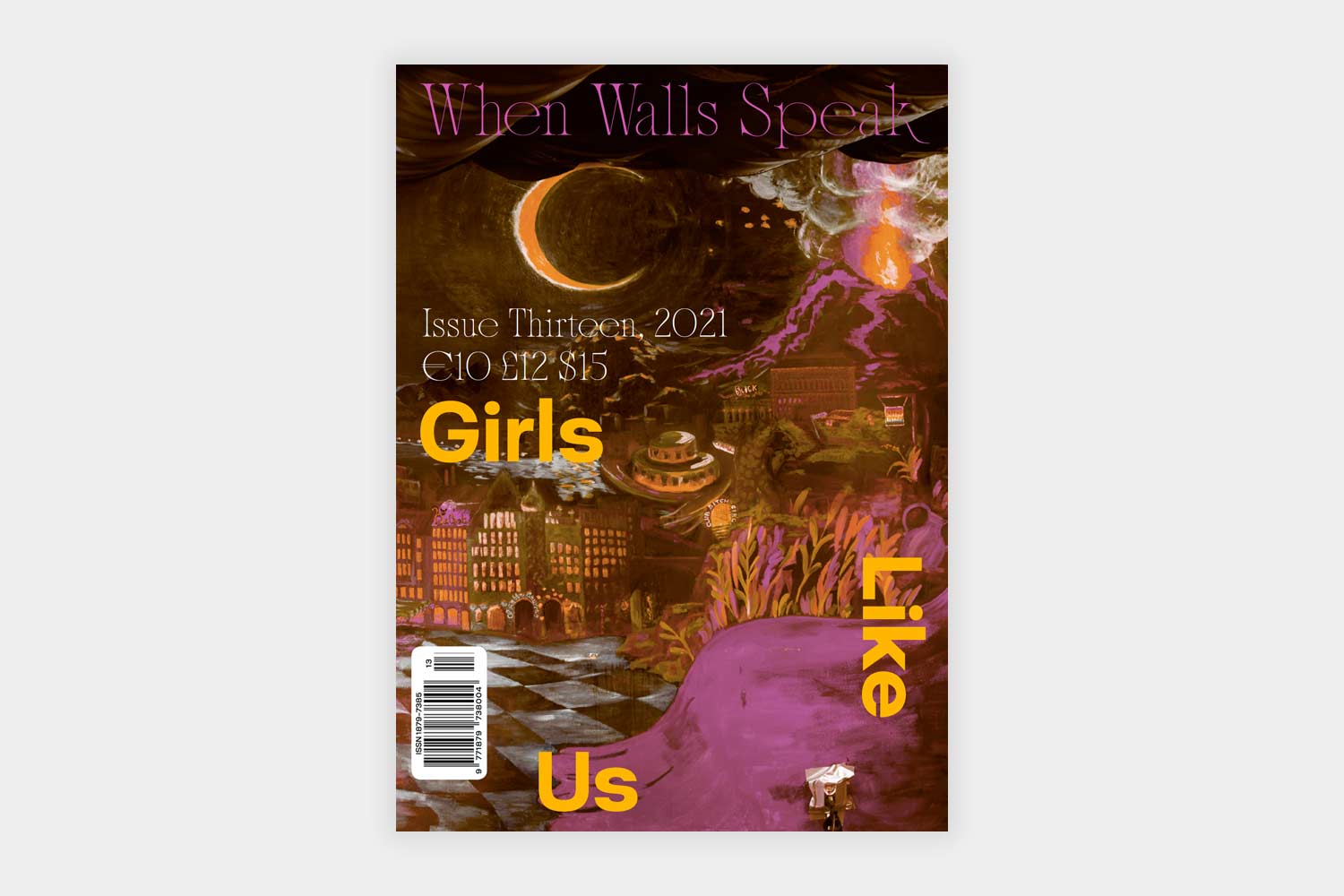
MYCKET (ed), When Walls Speak, issue 13 of Girls Like Us
(2021)
Editor’s Biography
I am a curator, researcher, and creative facilitator across the fields of contemporary art, architecture, design, and emerging technologies. As director of Slow Research Lab, I lecture, write, and curate research activities in collaboration with academic, institutional, and nonprofit partners to share both the cumulative work of the platform and my own personal (slow) understandings. My most recent book, reviewed in this issue of SRWQ is Slow Spatial Reader: Chronicles of Radical Affection (Valiz, 2021). I was the editor (with Ana Paula Pais) of Slow Reader: A Resource for Design Thinking and Practice (2016) and have contributed to publications including: The Future of the New: Artistic Innovation in Times of Social Acceleration (2018); OffRamp: Journal of the Southern California Institute of Architecture (2016); and I Read Where I Am: Exploring New Information Cultures (2011). Originally from California, I currently live in Amsterdam.
Editors’ Biography
The art, design & architecture group MYCKET was initiated in 2012 by the designers, architects, and artists Mariana Alves Silva, Katarina Bonnevier, Ph.D., and Thérèse Kristiansson. MYCKET tries to work from a set of interacting perspectives; queer, feminism, class, anti-racism, the more-than-human. Their artistic research practice, which often takes place together with others in large networks, has generated a breadth of results: large-scale theatre productions, permanent public spaces, costumes, details, works of art, instruments, exhibitions, animations, performances, text and theory production, education, and lectures. They recently embarked on their new artistic research project called “Troll Perception in the Heartlands,” affiliated to Linnaeus University, funded by the Swedish Research Council.
Editor’s Abstract
Slow Spatial Reader is a collection of essays that explore ‘slow’ approaches to spatial practice from diverse philosophical, disciplinary, and temporal perspectives. The book’s contributors – from creative fields like architecture, sculpture, installation, dramaturgy, and performance, but also spatial politics and activism – chronicle projects and processes that amplify tangible and intangible qualities of spatial experience: reaching into the cracks of the body, probing the fuzzy borders of atmospheres, and extending out across both geographical and epistemological coordinates. The term ‘radical affection’ unites those diverse approaches in a call for tender acts of individual and collective imagination through which new forms of caring, connection, and resilience might emerge.
Contributors to Slow Spatial Reader are: Lara Almarcegui, Marijke Annema, Martina Buzzi, Nicolas Buzzi, Sol Camacho, Cave_bureau (Kabage Karanja and Stella Mutegi), Renske Maria van Dam, Chiara Dorbolò, Cocky Eek, Anna Maria Fink, David Habets, Ian Hanesworth, Maria Hassabi, Beate Hølmebakk, Saba Innab, Kū Kahakalau, Bronwyn Lace, Daniel Lie, Pia Lindman, Ruth Little, Megumi Matsubara, Ash McAskill, Kate Morales, Salima Naji, Ligia Nobre, Alessandra Pomarico, Maria Popova, Raqs Media Collective (Monica Narula, Jeebesh Bagchi, and Shuddhabrata Sengupta), Jane Rendell, Angela Sakrison, Carolyn F. Strauss, Cristine Takuá, Li Tavor, Alice Van der Wielen-Honinckx, Françoise Vergès, Sara Wookey.
Pb | 21 x 16 cm (h x w) | 352 pages | English | ISBN 978-94-92095-97-8 | € 25,00
Valiz, Amsterdam www.valiz.nl
Slow Research Lab www.slowlab.net
Design: Zuzana Kostelanská zuzana.xyz
Editors’ Abstract
Dear Reader,
You are welcome to come clubbing with us, the group MYCKET. MYCKET means ‘much’ in Swedish and that is how we like it; much is more. Together we will put on our best boots, follow our desire and curiosity, as we invite you to follow us on a personal, political, queer, lesbian, feminist, erotic journey through “The Club Scene.” “The Club Scene” is explored as a queer performative architecture acting as a supportive and life-sustaining space in dominator culture. A space that generates desire, generously supports our bodies and our bravest political ideas. A shared playground for nonconformist feeling and movement.
See weblink for magazine purchase:
https://girls-like-us-magazine.myshopify.com/products/issue-13-the-club-scene
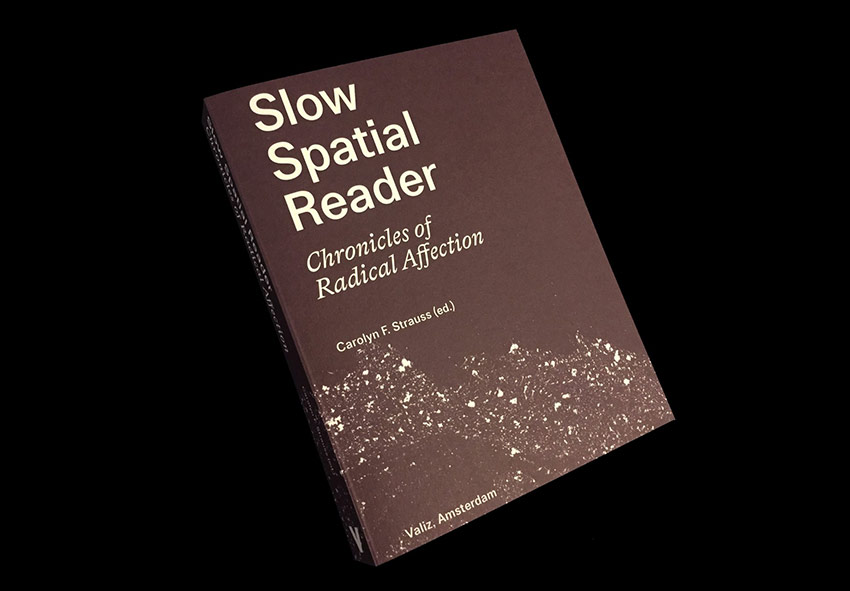
Carolyn F. Strauss (ed), Slow Spatial Reader
(Amsterdam: Valiz, 2021)
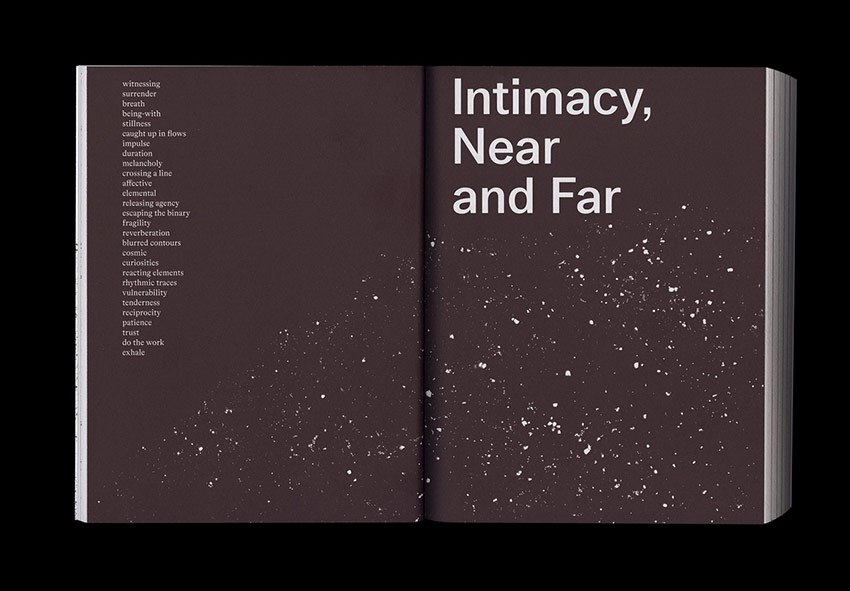
Carolyn F. Strauss (ed), Slow Spatial Reader
(Amsterdam: Valiz, 2021)
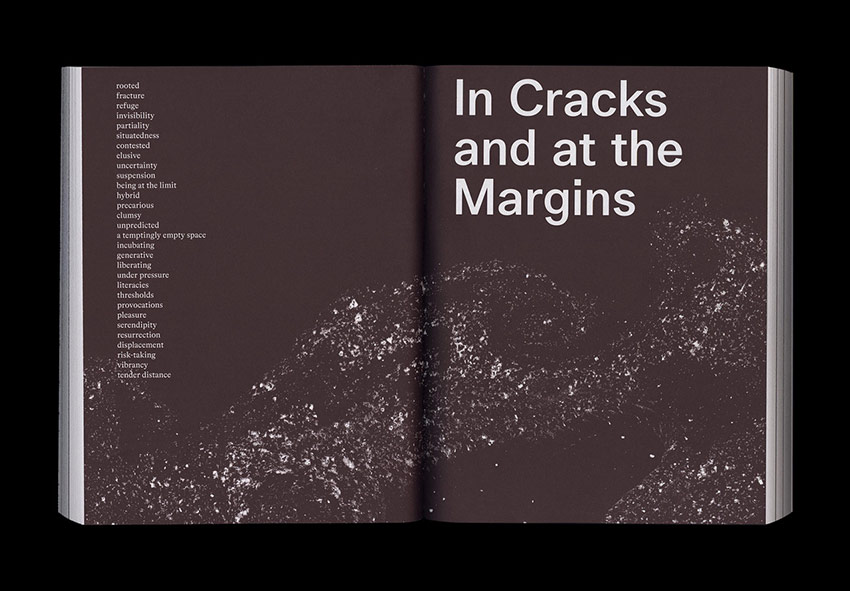
Carolyn F. Strauss (ed), Slow Spatial Reader
(Amsterdam: Valiz, 2021)
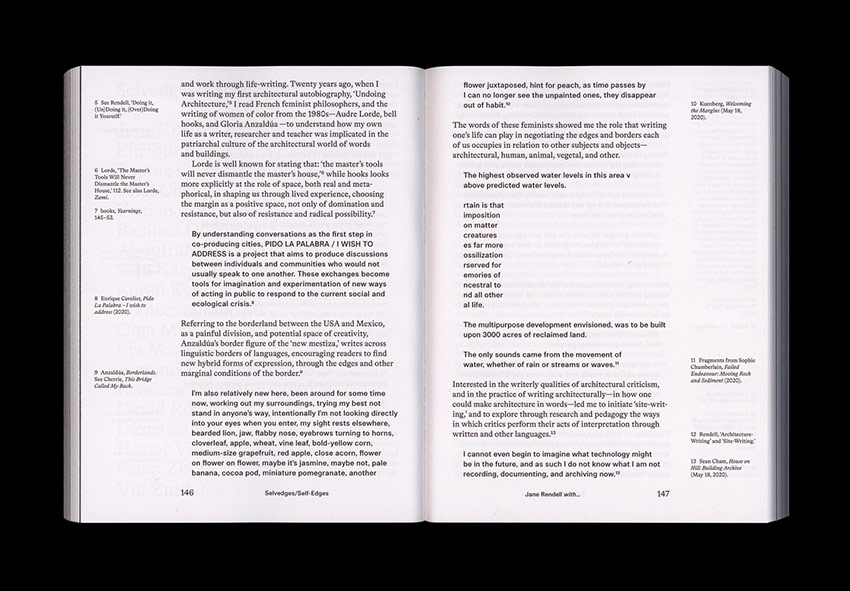
Carolyn F. Strauss (ed), Slow Spatial Reader
(Amsterdam: Valiz, 2021)
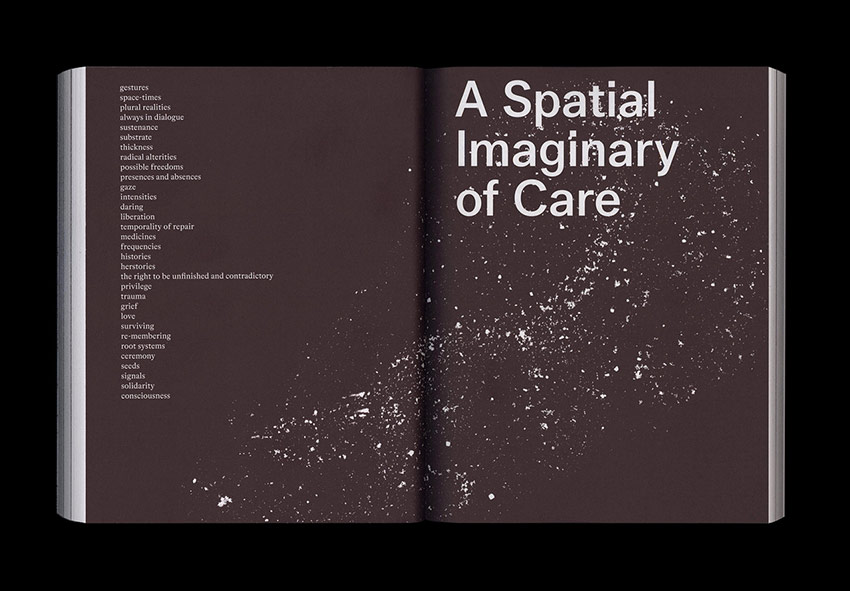
Carolyn F. Strauss (ed), Slow Spatial Reader
(Amsterdam: Valiz, 2021)
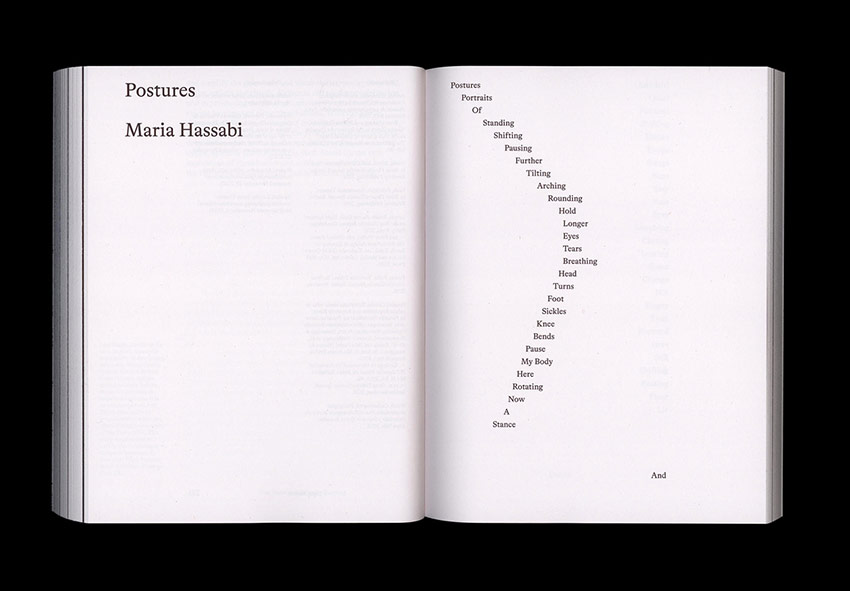
Carolyn F. Strauss (ed), Slow Spatial Reader
(Amsterdam: Valiz, 2021)
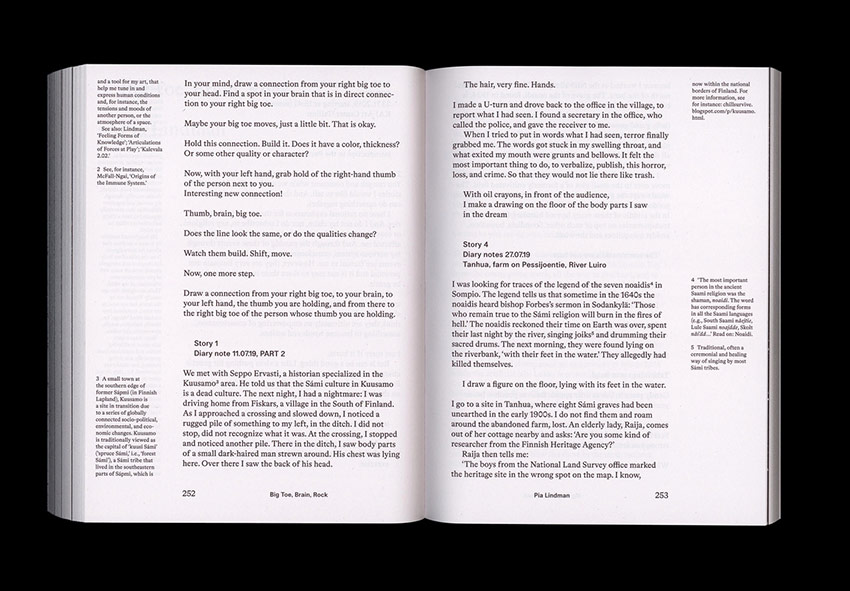
Carolyn F. Strauss (ed), Slow Spatial Reader
(Amsterdam: Valiz, 2021)
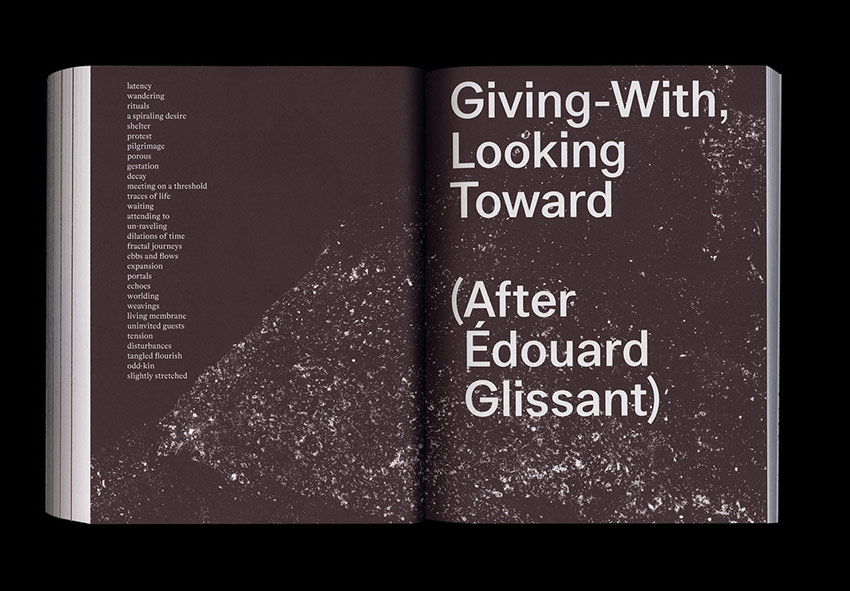
Carolyn F. Strauss (ed), Slow Spatial Reader
(Amsterdam: Valiz, 2021)

Carolyn F. Strauss (ed), Slow Spatial Reader
(Amsterdam: Valiz, 2021)
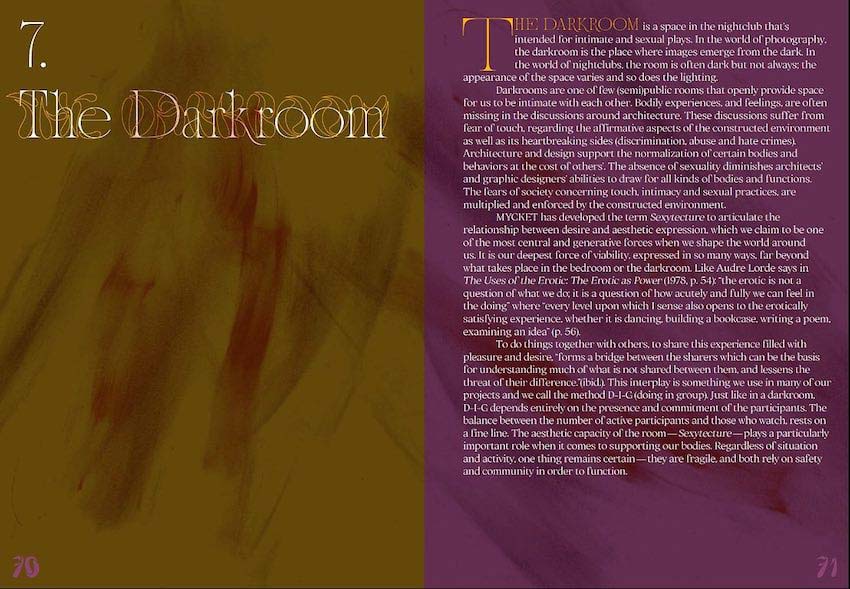
MYCKET (ed), When Walls Speak, issue 13 of Girls Like Us
(2021)

MYCKET (ed), When Walls Speak, issue 13 of Girls Like Us
(2021)
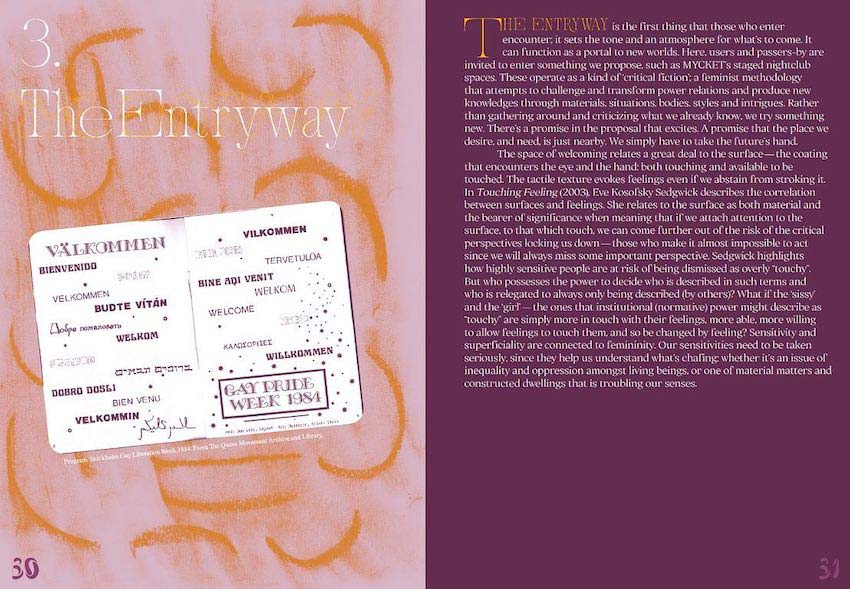
MYCKET (ed), When Walls Speak, issue 13 of Girls Like Us
(2021)
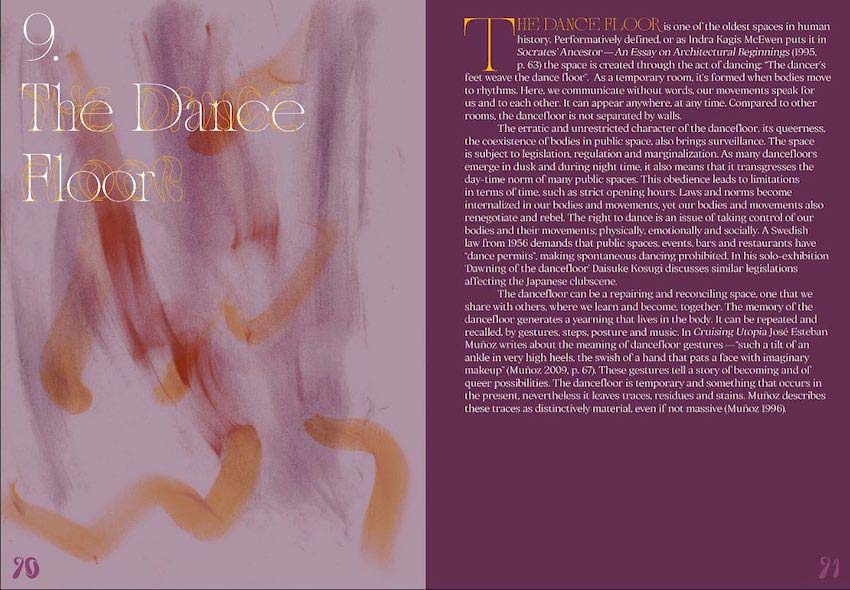
MYCKET (ed), When Walls Speak, issue 13 of Girls Like Us
(2021)

MYCKET (ed), When Walls Speak, issue 13 of Girls Like Us
(2021)
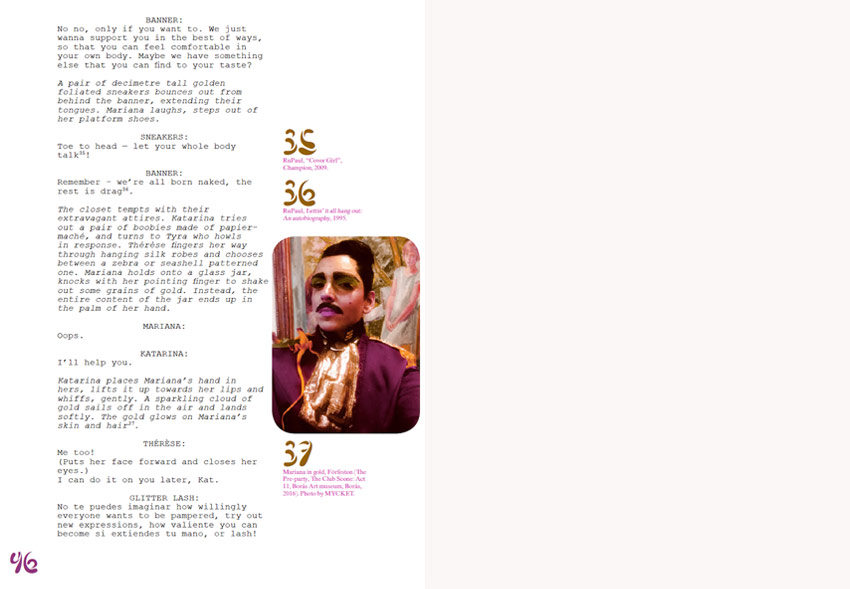
MYCKET (ed), When Walls Speak, issue 13 of Girls Like Us
(2021)
About Issue 8
Site-Reading Writing Quarterly celebrates reading and writing as situated practices, releasing a special pair of seasonal reviews four times a year.
Each solstice and equinox I invite writers to swap recently completed written works and to provide a situated ‘review’ of each other’s work. This involves raising a shared issue/concern, connecting out to another work/text/set of ideas, and/or producing a creative response to an aspect of the writing which might be fictional, prose, visual, sonic, filmic … These acts of exchange open up ways of ‘reading writing’ differently, generating multiple modes of engagement with words, and exploring the practice of ‘reviewing’ from a situated perspective, one that critiques and experiments with the genre of the ‘critical review essay’, creating something far more entangled.
For this September 2021 issue, MYCKET read Slow Spatial Reader edited by Carolyn F. Strauss(Amsterdam: Valiz, 2021) while Carolyn F. Strauss reads When Walls Speak, edited by MYCKET, issue 13 of Girls Like Us (2021).
For their reading, MYCKET decided to adopt the slow practices described in Slow Spatial Reader and ‘to live with the text:’
cherishing its materiality and bringing it home to our current locations … the temporary heartlands where we are doing the reading … making notes on the pages and drawings that were born out of the words we read, collecting items ‘trash/treasures’ from the heartlands where we read, archiving them between the pages and assembling them as models and amulets.
These amulets, or ornaments worn to provide protection, resonate in a beautiful and political way with the questions of care and danger opened up in Carolyn’s review. Of When Walls Speak, she writes:
For their takeover of the magazine Girls Like Us, the art and architecture collective MYCKET dedicate their issue – When Walls Speak – to the queer feminist club scene. The magazine explores the architecture of the nightclub through enactments of historical queer and feminist spaces, both documenting and mythologizing an archive of pleasure, potential, resistance, and resilience – an archive that MYCKET’s three protagonists, Thérèse, Mariana and Katarina, celebrate as being ‘found not in the library, but in our bodies and in the crowd.’
Carolyn’s reviewing reveries of her time spent clubbing in New York were interrupted by UNMUTE – a demonstration that took place in Amsterdam, on the 20th anniversary of 9/11, calling for clubs to re-open. Not only did this remind Carolyn of her days in New York, via tragedy rather than joy, but it also opened up her situated reading to consider the complex engagements with conceptions and practices of freedom that have emerged in this latest phase of the COVID-19 pandemic. This in turn reminding me of some phrases from Maggie Nelson’s On Freedom (2021) – with reference to writings by Ammon Bundy and Jelani Cobb – that I am currently reading:
“Your freedom is killing me!” read the signs of protesters in the middle of a pandemic; “Your health is not as important than my liberty!” maskless others shout back.
With this in mind, I draw your attention to this September’s Site-Writing, where Honor Vincent’stender Homekeeping (2020) takes us back to the homely freedoms and uncanny comforts offered by the first COVID-19 lockdown in the UK. Honor’s gentle recording of how bodies of humans, plants and architectures blurred at this time, sits at odds with the toxic binaries of vaxxing/anti-vaxxing now raging, and can be read as a reminder of important it has become to keep alive the practices of care and love advocated by the contributors to both Slow Spatial Reader and When Walls Speak.
The September 2021 issue of Critical Spatial Practice shares three new projects: Sean Cham’s Washing White is a performative critique showing how conservation practices can rework histories of colonialism; ASSET ARREST is a project and podcast series, by artist Laura Yuile, which, by posing as a potential buyer/renter, enters the exclusive spaces of financialized housing to examine their negative impact on communities; and in Sonic Acts of Noticing – an interactive audio-textual environment – Julia Udall, Jonathan Orlek, and Alex De Little explore the potential of audio for critical spatial practice – ‘how listening can be a tool, or a strategy that makes things happen or leads to (political) action.’
If have a written work that you’ve recently completed and someone you’d like to read it, or would like to write a response to a new book, or contribute a project to either Critical Spatial Practice or Site-Writing: please let me know: – j.rendell@ucl.ac.uk


Anna Andersen reads Remote Practices: Architecture at a Distance edited by Matthew Mindrup and Lilian Chee (London: Lund Humphries, 2022)

Mary Modeen and Iain Biggs read Michael Hirschbichler’s Spirit Grounds (Verlag für moderne Kunst GmbH, 2022), a publication that accompanies an exhibition
Michael Hirschbichler reads Creative Engagements with Ecologies of Place: Geopoetics, Deep Mapping and Slow Residencies edited by Mary Modeen and Iain Biggs (Routledge, 2020)


MYCKET read Slow Spatial Reader, edited by Carolyn F. Strauss (Amsterdam: Valiz, 2021)
Carolyn F. Strauss reads When Walls Speak, edited by MYCKET, issue 13 of Girls Like Us (2021)






